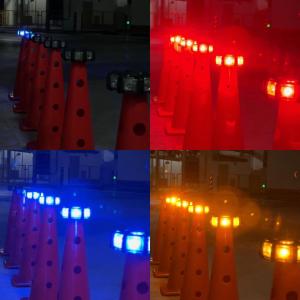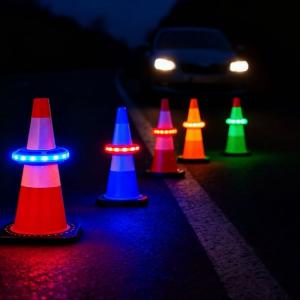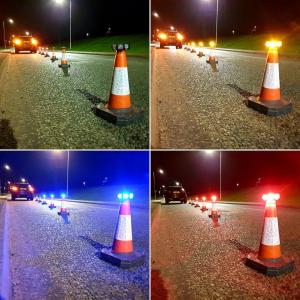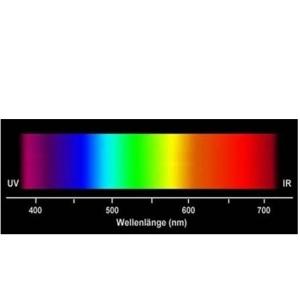The Expanding Role of LED Lighting in Everyday Life
The Expanding Role of LED Lighting in Everyday Life
In recent years, LED (Light Emitting Diode) technology has revolutionized the way we light up our homes, cities, and devices. With its remarkable energy efficiency, long lifespan, and eco-friendly properties, LED lighting has quickly become an essential part of modern life.
According to Fortune Business Insights, the global LED lighting market was valued at USD 97.07 billion in 2024 and is expected to reach USD 272.44 billion by 2032, growing at a CAGR of 14.0%. This explosive growth is driven by increasing demand for energy-efficient lighting, government regulations and incentives, integration with AI, and adoption across industries including automotive, consumer electronics, and smart infrastructure.
1. Energy-Efficient Lighting at Home
LED lights are now the first choice for homeowners looking to cut energy costs and extend the life of their lighting systems. Lasting up to 25,000 hours or more, LEDs consume significantly less electricity than traditional incandescent bulbs. Smart LED lights also allow for remote control, dimming, and even mood-based scene setting via mobile apps or voice assistants.
2. Smarter Cities with LED Streetlights
Major cities such as Los Angeles and New York have upgraded tens of thousands of streetlights to LED systems to improve visibility and save millions in energy and maintenance costs. LEDs provide brighter and more uniform lighting, enhancing pedestrian and traffic safety at night.
3. Enhanced Visual Experience in Electronics
LED and OLED technologies are now widely used in TVs, laptops, smartphones, and VR headsets, offering vivid colors, deeper blacks, and faster refresh rates. OLED displays, in particular, deliver superior image quality, ideal for high-definition entertainment and immersive experiences.
4. Automotive Lighting: Safety Meets Innovation
LED lights are now standard in many vehicles, offering brighter illumination and faster response times. Their energy efficiency, longevity, and design flexibility make them a perfect match for electric and smart vehicles. Features like daytime running lights (DRLs) further improve visibility and road safety.
5. Commercial Lighting & Signage Applications
Retail stores, galleries, and signage systems are increasingly adopting LED lighting for its high Color Rendering Index (CRI) and customizable light effects. Flexible LED displays enable creative, eye-catching advertising and branding solutions in public spaces.
6. AI Integration: Smarter Light, Smarter Spaces
Artificial Intelligence is transforming LED lighting into dynamic, adaptive systems. AI-powered lighting can adjust brightness and color based on occupancy, natural light, or emotional context. For example, in April 2024, Lepro launched its AI-driven LightGPM technology, which delivers emotion-responsive lighting for personalized ambience and efficiency.
Overcoming Challenges: Initial Costs and Market Expansion
Although the upfront cost of LED systems can be higher, declining prices and government subsidies are easing adoption. Initiatives like India’s UJALA Program have distributed over 360 million LED bulbs, cutting 37 million tons of CO₂ annually. As demand grows, manufacturers are investing in R&D to deliver even more cost-effective LED solutions.
Looking Ahead: The Future of Lighting is Bright and Green
From homes to highways, from screens to cities, LED lighting is lighting the way to a smarter and more sustainable future. With AI, IoT, and government policies aligning in support, LED is not just a lighting solution—it’s a technology platform shaping how we live, work, and interact with the world.
Want to learn more about LED trends and smart lighting solutions? Contact us today and light up the future together.




